Over the past years, Vietnam has achieved great success in poverty reduction, many localities have escaped from the list of particularly difficult localities, and people's lives have gradually improved.
However, the new context of integration, competition and sustainable development requirements is forcing localities to shift from the "escape from poverty" mindset to the "get rich" strategy, aiming at improving the quality of life instead of just ensuring a minimum standard of living. To do so, a new, more synchronous approach is needed between decentralization, governance reform and the application of science and technology, innovation and digital transformation in every corner of rural life.

Application of science and technology in agricultural production.
In poverty reduction, local authorities, especially at the commune level, play a central role because they are the ones who understand the situation of each household and the causes of poverty. Without the right to take initiative, localities are often forced to follow rigid top-down programs, leading to inflexibility and low efficiency.
The new approach focuses on giving more power to the grassroots to develop their own plans, identify poor households, analyze the causes, and then propose appropriate solutions for each case. Instead of mass support packages, localities need to be given autonomous funding to decide on the form of intervention: vocational training for households lacking skills, credit support for households lacking capital, and advice and inspiration for households lacking motivation or business knowledge.
When decentralization is real, local authorities must also be held accountable in the direction of "output monitoring". The important point is not how many procedures they complete, how many meetings they hold or how many forms they complete, but how many households escape poverty, how many households rise to a decent standard of living, how many new production models are successful. This kind of results-based monitoring encourages creativity, reduces formalism and creates stronger motivation for local officials.
In the context of small-scale production still being popular, the transformation of thinking to getting rich can only become a reality when science and technology, innovation and digital transformation are deeply applied to each industry. Currently, some regions have begun to apply smart irrigation technology, greenhouses, high-quality seeds, environmental monitoring systems for aquaculture, digital supply chains, etc. These are models that bring clear results: reducing production costs, increasing productivity, increasing product quality, thereby increasing income.
The core of rural enrichment lies not only in increasing output, but more importantly in creating added value based on knowledge. Rice growers can apply water-saving farming techniques; vegetable growers need post-harvest preservation technology; shrimp farmers need environmental warning systems; perennial tree growers need care processes according to international standards. When technology is "tailored" to each industry and each region, farmers will truly have the opportunity to get rich on their own homeland.
Sustainable enrichment requires people to be able to withstand risks. Many former poor households become poor again due to illness, natural disasters, unemployment or price fluctuations. Therefore, the insurance system, from health care , unemployment to property and crop insurance, is an important shield to help people not lose everything when facing an incident.
Along with that, the resilience of each household also needs to be strengthened: Accumulating minimum finances to prevent risks, equipping skills to cope with natural disasters, improving understanding of the market and of spending management. When resilience is increased, the additional income from business will truly become savings, creating a foundation for the journey to get rich.
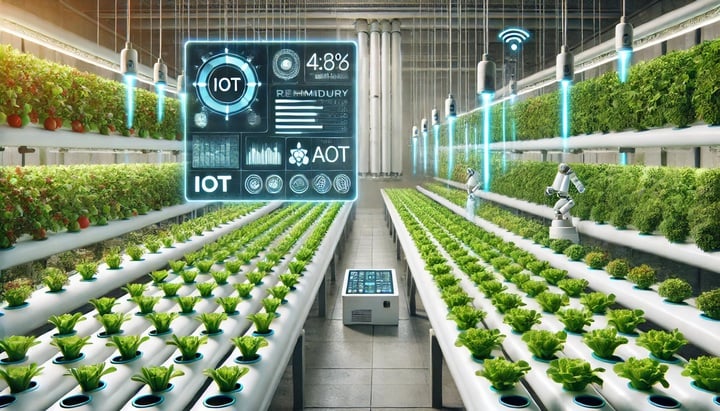
High-tech farms use IoT, robots and artificial intelligence.
Many rural areas have a tradition of strong community cohesion, and this has become an effective "spreading channel" for new thinking. Organizations such as the Farmers' Association, Women's Union, Youth Union, and Fatherland Front have a special advantage in inspiring changes in production habits, mobilizing people to participate in new models, sharing business experiences, and creating collective strength for mutual development.
This support is often expressed in very simple ways: guiding each other to apply new techniques, jointly monitoring product quality in the cooperative, or even encouraging each other to boldly invest and boldly change crops.
When people’s internal capacity is improved, the door to international integration becomes a great opportunity to get rich. Farmers can not only sell products to the domestic market but can also participate in global supply chains, exporting agricultural products to the world market if they meet the standards.
To take advantage of this opportunity, localities need to support people in accessing market information, international standards, e-commerce and platforms connecting supply and demand. Science and technology continue to be the key to helping rural products achieve high quality, meeting strict requirements on traceability, food safety and sustainability.
Vietnam is entering a new phase of development, where the goal is not just to reduce poverty but to improve the income, quality of life and capacity of rural people. When localities are truly empowered, science and technology are widely applied, people’s resilience is increased and communities work together, the journey from sufficiency to prosperity is not far away.
Escaping poverty is therefore not the final destination. It is the foundation for each citizen to confidently embark on the journey to wealth, a journey that contributes to the sustainable development and prosperity of the country.
Source: https://mst.gov.vn/can-trao-quyen-cho-dia-phuong-va-day-manh-khoa-hoc-cong-nghe-vao-vung-nong-thon-197251125212239484.htm








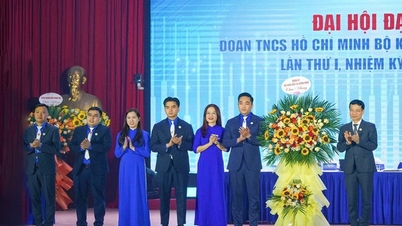
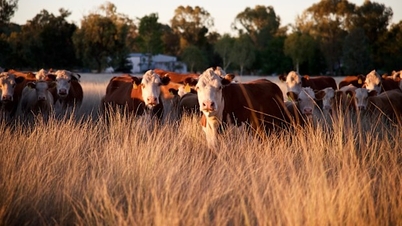



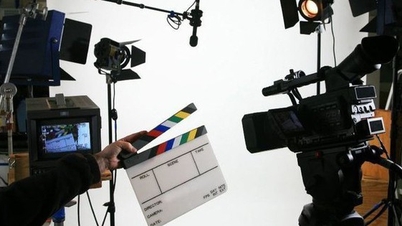

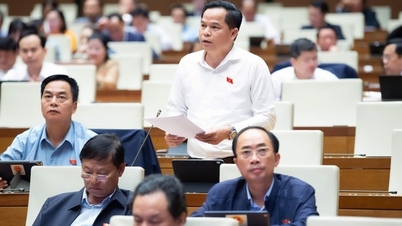
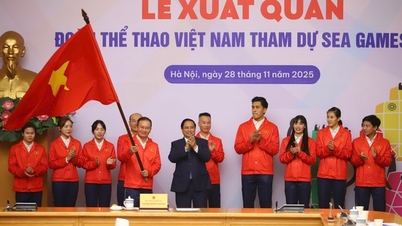





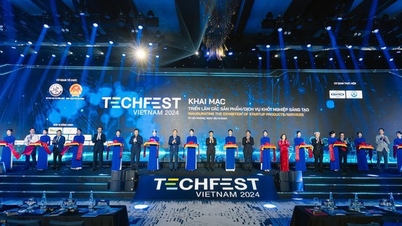
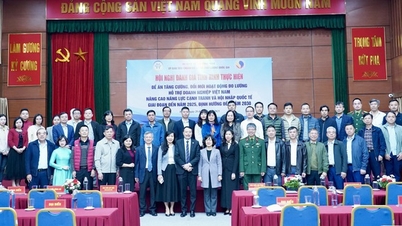
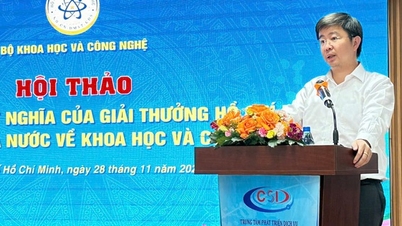

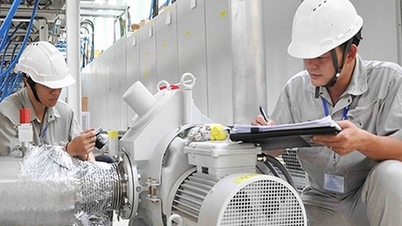




































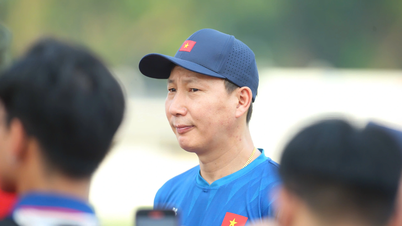



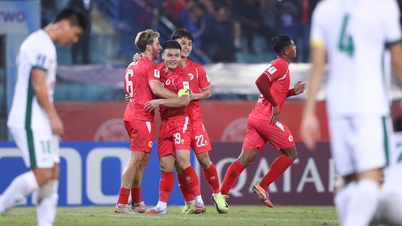




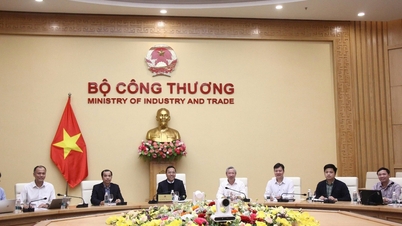




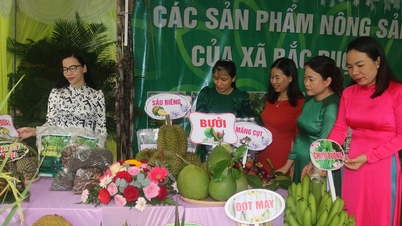

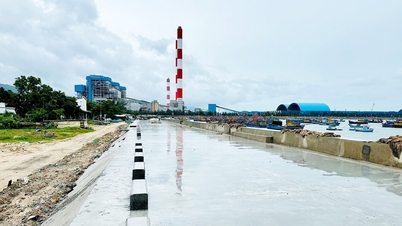
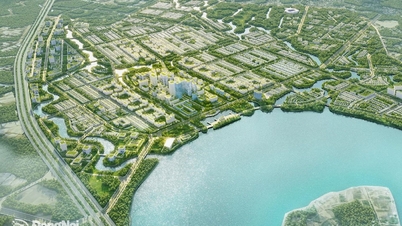

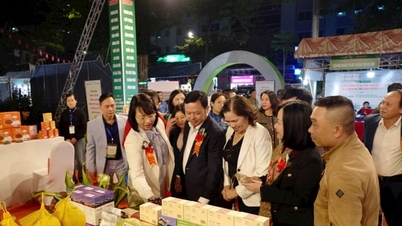
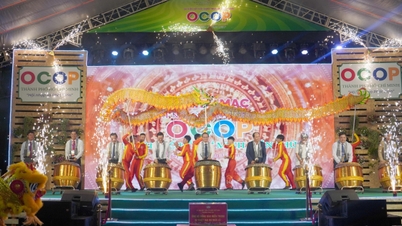











Comment (0)